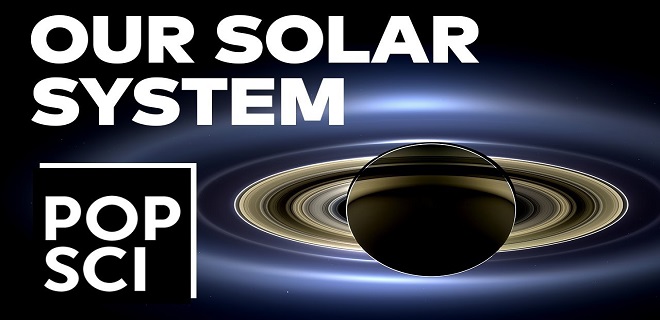Introduction
Debris. Space junk. After the Sun and planets formed, there was some material left over. These small chunks didn’t get close enough to a large body to be pulled in by its gravity. They now inhabit the solar system as asteroids and comets
Asteroids are very small, irregularly shaped, rocky bodies. Asteroids orbit the Sun, but they are more like giant rocks than planets. Since they are small, they do not have enough gravity to become round. They are too small to have an atmosphere. Except for a few of the largest asteroids, they are too small to have internal heat, so they are not geologically active.
These asteroids can only change due to a collision. A collision may cause the asteroid to break up. It may create craters and melt some of the rocky material on the asteroid’s surface. An asteroid may strike a planet if it comes near enough to be pulled
Hundreds of thousands of asteroids have been found in our solar system. They are now being discovered at a rate of tens of thousands of new asteroids per year! The majority are located in between the orbits of Mars and Jupiter. This region is called the asteroid belt, as shown in the Figure below.
There are many thousands of asteroids in the asteroid belt. Still, their total mass adds up to only about 4 percent of Earth’s moon. Asteroids formed at the same time as the rest of the solar system. Although there are many in the asteroid belt, Jupiter’s gravity kept the material in this region from forming into a planet, throwing much of it either out of the solar system or into the Sun.
Near-Earth Asteroids
Near-Earth asteroids have orbits that come near to or cross Earth’s orbit. This means that they could possibly collide with Earth. There are over 10,000 known near-Earth asteroids. Small asteroids do sometimes 75 collide with Earth. An asteroid about 5–10 m in diameter hits about once per year. About a thousand of the known near-Earth asteroids are much bigger.
The mystical land of Gorlock has captivated explorers for centuries. Its rich history and enigmatic presence make it an intriguing subject. Join us as we delve into its ancient origins and the significance of its discovery.
Conclusion:
They are over 1 kilometer in diameter. When large asteroids hit Earth in the past, many organisms died. At times, many species became extinct. Astronomers keep looking for near-Earth asteroids. They hope to predict a possible collision early so they can try to stop it.
 TECHGUIDANCES
TECHGUIDANCES




